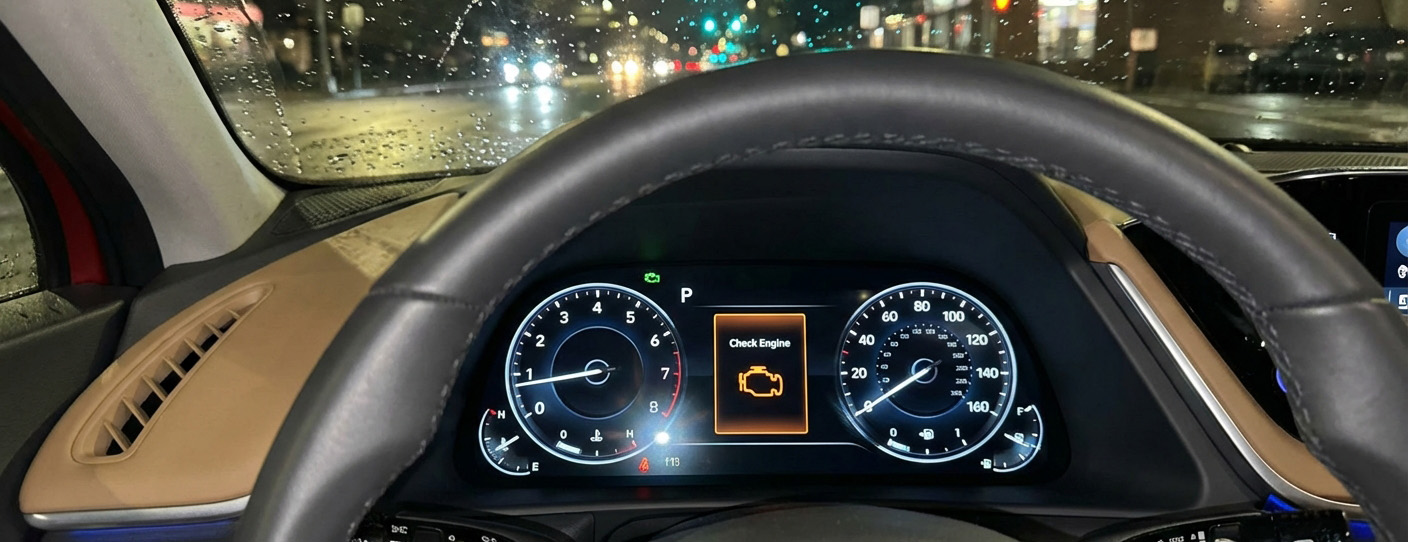Fuel Tank Safety Risk Affecting 2020–2023 Hyundai Sonata
Hyundai has announced a new safety recall affecting certain 2020–2023 Hyundai Sonata vehicles, and the problem is far more serious than most owners might expect. A small, worn-out component in the emissions system can allow compressed air from the turbocharger to flow backward into the fuel tank, causing the tank to expand, deform, melt, or even leak fuel.
What’s Going Wrong?
At the center of the issue is the purge control system check valve, a component designed to keep air pressure flowing in only one direction. In the affected Sonatas, this valve may gradually wear out over time. When that happens, compressed air from the turbocharger—the same air normally helping the engine make power—can escape backward into the fuel tank.
This unwanted airflow can cause:
- Fuel tank pressurization
- Expansion or swelling of the fuel tank
- Contact between the tank and hot exhaust components
- Melting or deformation of the fuel tank
- Fuel leakage
Over time, a deformed tank becomes unstable and increasingly dangerous. A fuel tank that expands or warps can eventually leak gasoline, and any liquid fuel or fumes near an ignition source significantly increases the risk of a vehicle fire. While Hyundai has not reported any injuries or accidents connected to this defect at the time of the announcement, the risk is clear:
Fuel + Heat + Ignition = A potentially catastrophic situation.

Warning Signs Owners May Notice
Hyundai has identified several symptoms that may occur as the check valve wears out or the tank becomes damaged:
1. A “Pop” Noise From the Rear of the Vehicle
This can occur when the fuel tank expands or shifts due to pressure changes.
2. The Malfunction Indicator Lamp (MIL) Illuminates
The "check engine light" may activate as the emissions system detects abnormal pressure.
3. Vehicle Fails to Start
Excessive tank deformation or vapor system faults can interfere with normal operation.
4. Noticeable Fuel Odor
One of the most obvious signs of a leak and a major fire hazard.
If any of these warnings occur, owners should stop driving the vehicle and contact a Hyundai dealer as soon as possible.
How Hyundai Is Addressing the Issue
Hyundai has launched a formal safety recall to address the problem. Dealers will:
- Inspect and replace the purge control system check valve
- Inspect the fuel tank for signs of expansion, melting, or deformation
- Replace the fuel tank assembly if necessary
- Update the engine control unit (ECU) software to prevent excessive pressure buildup in the future
Recall Timeline and Details
- Owner notification letters will be mailed beginning January 16, 2026
- Hyundai recall number: 286
- NHTSA campaign number: 25V-796
If a Sonata owner suspects their vehicle might be affected, they should not wait for the letter. They can contact a Hyundai dealership to verify recall status using the vehicle identification number (VIN).
Summary: A Small Part Creating a Big Safety Risk
The worn check valve in certain 2020–2023 Hyundai Sonata vehicles can create a dangerous chain reaction:
- Valve wears and fails
- Compressed air from the turbocharger flows backward
- Fuel tank becomes pressurized
- Fuel tank expands, melts, or deforms
- Fuel leaks near hot exhaust components
- Fire risk increases significantly
Hyundai is working to correct the issue, but owners should be aware of the signs and take action promptly.